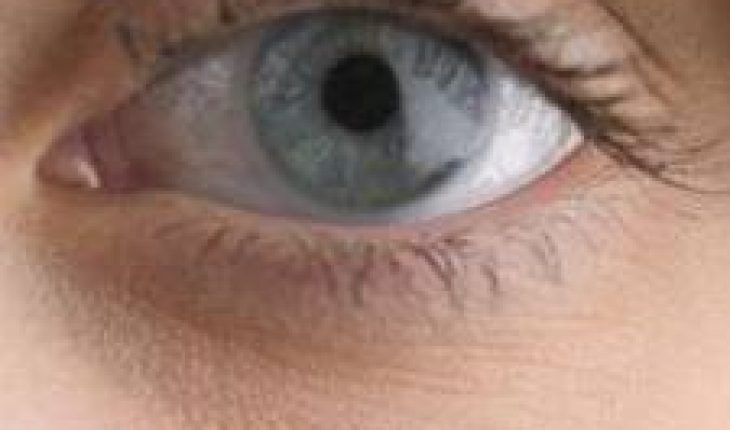What is Eye Pain?
Each person interprets pain differently and in most cases, persons tend to confuse eye pain with symptoms such as headaches, they are however not associated. Eye pain is usually described as sore, itchy, burning and throbbing amongst other words. A pain in the eye should be taken seriously, one’s first attempt should not be to take care of this on their own, as this may cause it to worsen and as such it is greatly recommended that once pain is felt in the eye, the assistance of an ophthalmologist is sought.
Eye pain is usually ocular or orbital; the word ocular suggests that pain coming from the outer surface of the eye. The word orbital on the other hand, suggests that the pain is deep and dull and is usually located either behind or in the eye; this type of pain is frequently caused by infections of the eye such as Viral Conjunctivitis, Chalazion, Blepharitis, Iritis and Optic Neuritis.
What to do if you are experiencing pain in the eye(s)
Some eye pain symptoms include: Double vision, loss of vision, light sensitivity, headache associated with eye pain, conjunctivitis and eye discharge amongst many others.
If you are not able to obtain medical assistance right away then home care may be recommended, this includes the flushing of the affected eye(s) with lukewarm pipe water or with eyewash solution. It is important that you avoid rubbing your eyes as this will cause more damage. If there is a foreign body in your eye, you should not attempt to remove it,this may cause it to move about and affect other areas of the eye, and so this removal should be left for the ophthalmologist. Some over the counter drugs such as Ibuprofen can be taken to minimize the discomfort.
Eye Examination
The eye can be examined physically by inspection of the eye and its surrounding tissues, the pupil’s reaction to light as well as the eyes movement. An Ophthalmoscope may be used to inspect the rear of the eye and to view the eyes’ Optic Disc and blood vessels. A Slit Lamp may be used to assess possible Corneal Abrasions as well as Ulcerations. If Glaucoma is suspected the tonometer on the slit lamp can be used to check the pressure of the eye. An anesthetic drop may be used for diagnostic and therapeutic reasons, this will allow for the determination of where the eye pain has originated from.
How to prevent Eye Pain
Eye Pain can be prevented by the practice of wearing protective eye-wear when working in areas or under conditions where the eye is at risk. One other method of prevention is to refrain from putting foreign objects near the eye. Avoid putting your fingers in your eyes as much as possible, in most cases your hands are dirty and since germs are microscopic it makes it impossible for you to see them with your naked eyes, so it’s best to avoid getting germs in your eyes.





